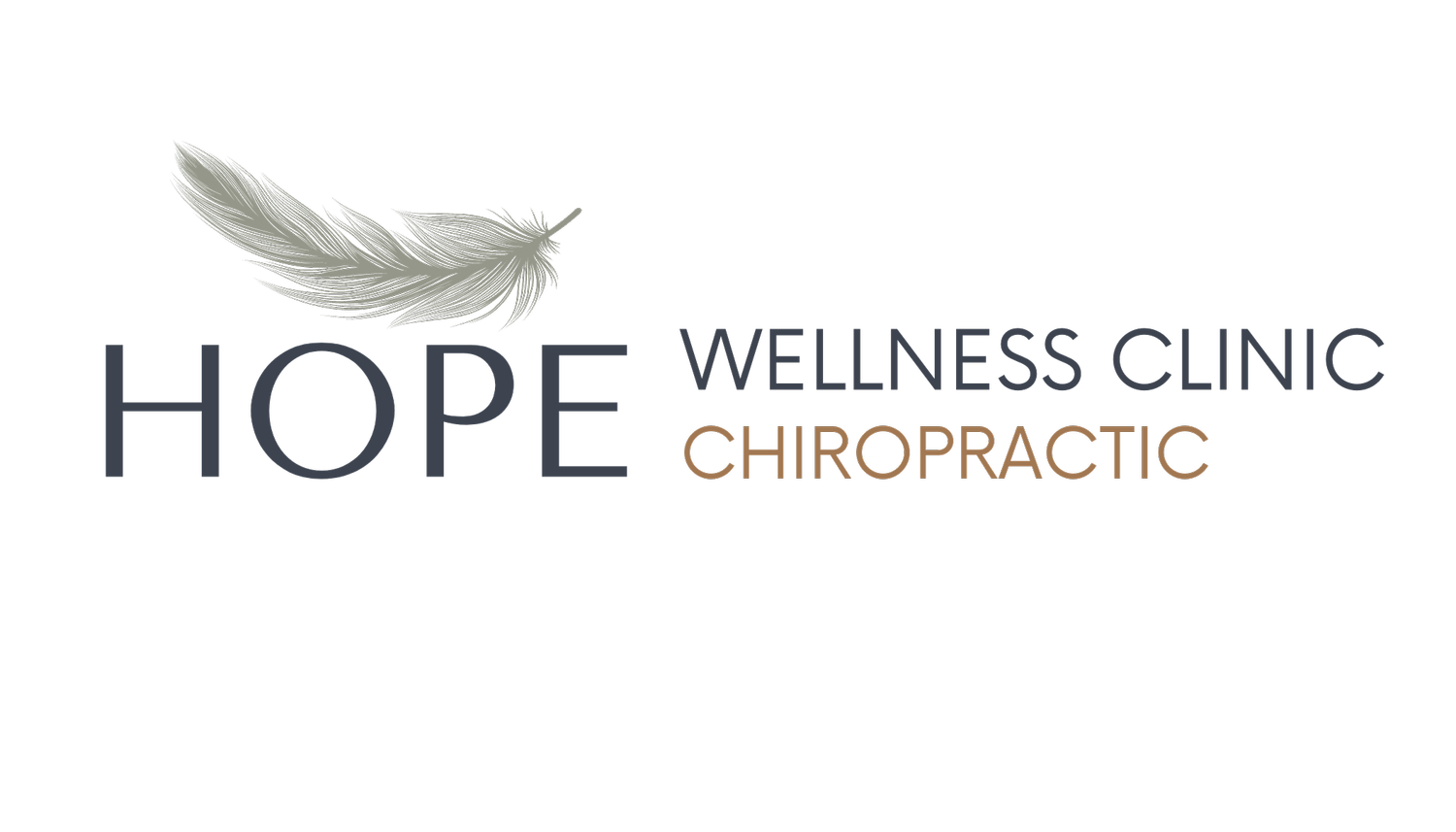What is a Registered Massage Therapist (RMT)?
In Canada, massage therapy is performed by a Registered Massage Therapist (RMT), with all RMTs enlisted with the College of Massage Therapists of Alberta (CMTA). As per the Regulated Health Professionals Act and the Massage Therapy Act, only individuals from CMTA can utilize the title of Registered Massage Therapist or Massage Therapist (RMT or MT). They are regulated by their governing body to ensure they adhere to high standards and provide top-quality care for patients. The benefits of seeing a RMT include: being backed by a comprehensive education, with training in assessment, treatment, and prevention and the ability to create customized treatment plans. They also can be billed through insurance and must adhere to regulations set by a provincial body.
The massage delivered by an RMT varies depending on the specialty of the practitioner and/or the type of massage that was booked. Different types of massages offered by an RMT include but aren’t limited to: relaxation, therapeutic, deep tissue, TMJ, craniosacral and lymphatic drainage. Massages can include modalities such as cupping, laser therapy, etc
What does and RMT treat?
RMTs works with the body’s delicate tissues, including muscles, connective tissues, ligaments, tendons, and joints. It’s a medical service that aids in relieving the pain related to everyday stresses, over-use of the body, and countless other ongoing aggravating conditions.
Massages can be utilized to treat both acute and persistent circumstances including:
Physical Pain
Headaches
Muscle injury
Back Issues
Shoulder Pain
Neck Pain
TMJ issues
Repetitive Stress Injuries
Stress
Anxiety/Depression
RMTs can work with various patients to reduce pain and incapacity, as well as improve injury recovery. Massage treatment can be valuable for various conditions and is an incredible addition to your healthcare regimen.

